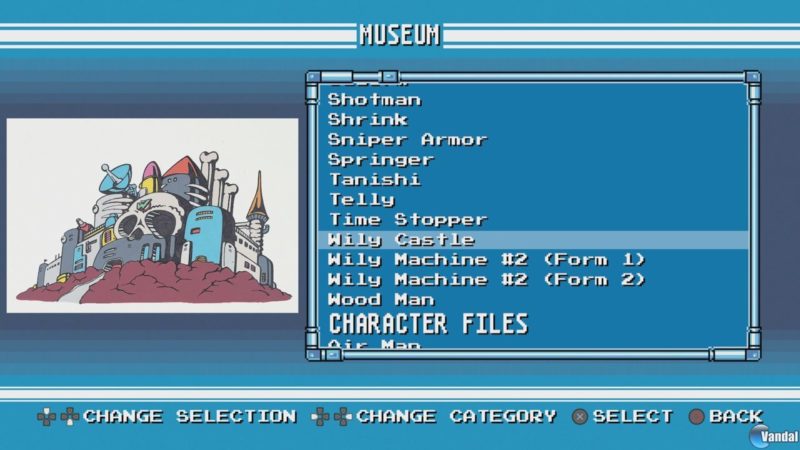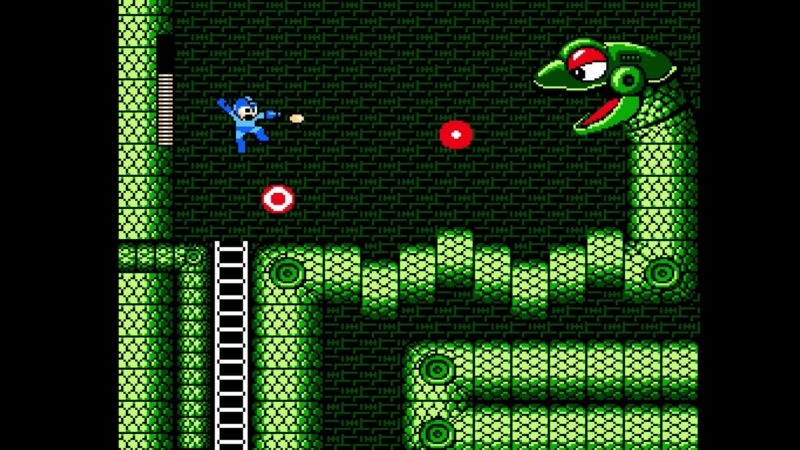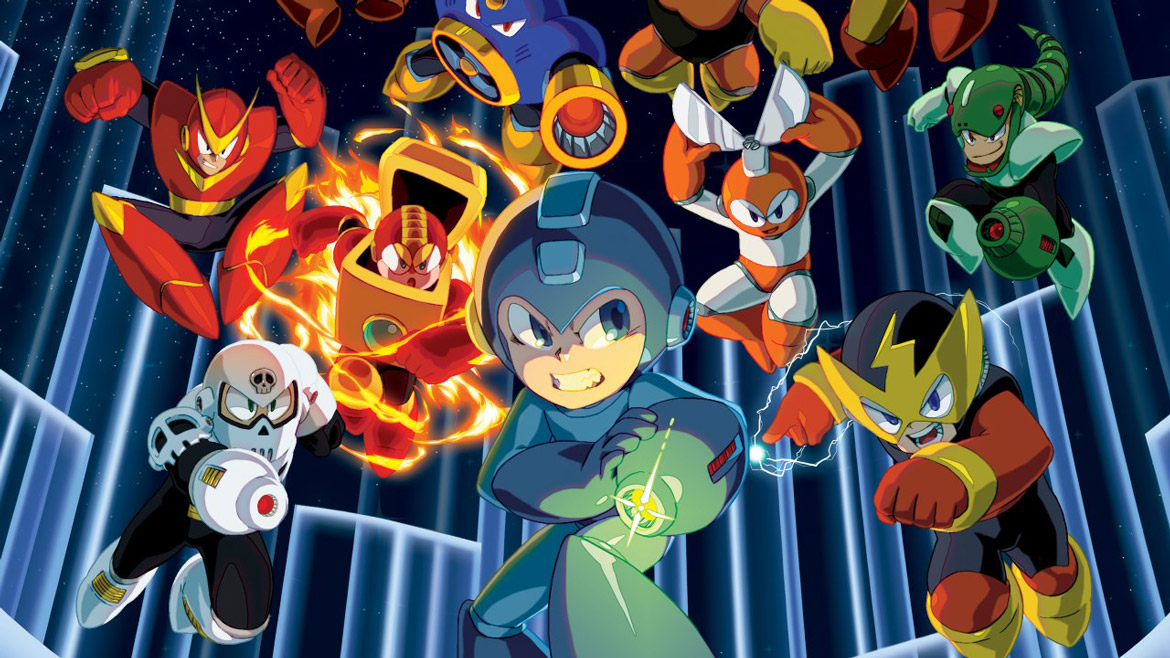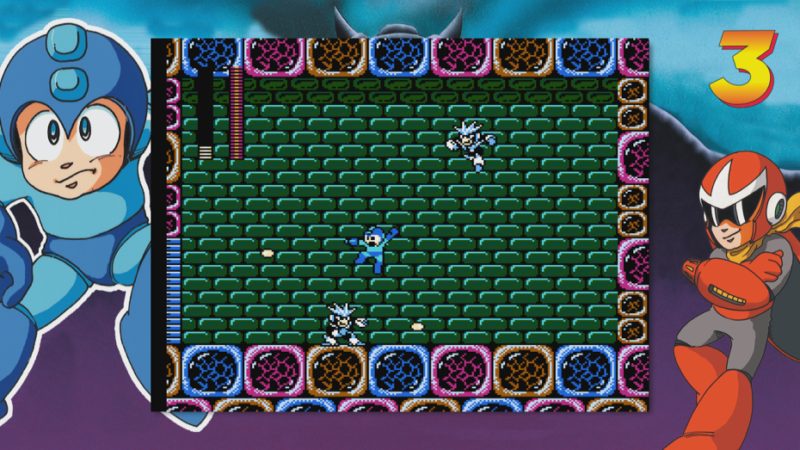TL;DR
Capcom's Mega Man Legacy Collection lovingly resurrects the series' first six 8-bit adventures with pinpoint emulation and a slick interface. While the collection boasts a focused six games compared to larger compilations, it delivers a premium, high-quality experience that celebrates the precise platforming and ingenious level design that made Mega Man a legend. Discover the evolution of the Blue Bomber, from his early NES struggles to the introduction of the Mega Buster charge and new allies like Rush. Plus, dive into a wealth of archival content and challenging Remix Stages that will test even seasoned veterans. Ready to relive the glory days of classic platforming? Read our full review to see why this collection is a must-have for any Mega Man fan.
 Capcom’s Mega Man has maintained a relatively low profile in recent years. However, the publisher now offers a collection featuring the initial six titles in the series. Digital Eclipse, a studio with considerable experience in similar ventures, undertook the porting process.
Capcom’s Mega Man has maintained a relatively low profile in recent years. However, the publisher now offers a collection featuring the initial six titles in the series. Digital Eclipse, a studio with considerable experience in similar ventures, undertook the porting process.
When compared to Rare‘s recent Rare Replay, a compilation of thirty games, Mega Man Legacy Collection‘s six 8-bit titles may appear modest. However, the Mega Man Legacy Collection offers a more focused experience at a lower price point, with a consistently high level of quality. These are prime examples of 8-bit gaming, and the six NES titles are emulated with precision. Complemented by a stylish user interface and a substantial amount of archival content, this collection focuses on the core elements that established Mega Man as a significant franchise in gaming history: excellent game design, precise controls, and meticulously crafted platforming challenges. This collection offers an accurate emulation of the originals, eschewing graphical enhancements or altered content.
Visually, Mega Man Legacy Collection provides a faithful reproduction of the original games’ aesthetics. Absent are the visual artifacts such as flickering caused by cartridge contact issues. Two optional filters are included, providing subtle variations. The monitor filter simulates the crispness of older arcade machines and computer displays. The TV filter emulates the appearance of a CRT television, providing a believable and nostalgic effect. While interesting, these filters are ultimately non-essential, similar to those found in Rare Replay.
The enduring quality of the Mega Man games demonstrates the timelessness of their design. While the graphics are undeniably dated, they possess a distinct retro charm that remains appealing. The gameplay mechanics remain compelling. The controls are responsive and precise, and the levels are thoughtfully designed, each featuring unique themes, aesthetics, and mechanics. Mirroring Nintendo’s best practices, Capcom avoids overusing core gameplay elements within a single title. Instead, new challenges are continually introduced throughout each level. Examples include disappearing platforms, large robotic enemies functioning as mini-bosses, altered gravity or underwater environments, sudden level darkness, wind gusts affecting platforming precision, icy caverns, and strategically placed enemies, all designed to impede Mega Man’s progress toward Dr. Wily. Dr. Wily himself, the perennial final boss, consistently deploys new robots with names ending in “Man.” (The first exception was Splash Woman in Mega Man 9, released much later.)
Dr. Light equipped Mega Man with an effective standard weapon capable of firing three shots consecutively. From Mega Man IV onward, Mega Man’s arm-mounted weapon, known as the Mega Buster, could be charged for more powerful attacks. While some bosses can be defeated using the standard weapon alone, exploiting boss weaknesses by tackling them in a specific order significantly simplifies encounters. Each weapon acquired from a defeated boss provides an advantage against another. In Mega Man II, for instance, Metal Man is a suitable early target, partly because he is beatable without special weapons and partly because his Metal Blade is remarkably versatile.
Discovering the optimal boss order is left to the player. The game provides no explicit guidance, encouraging experimentation and mastery of the game’s mechanics. This design philosophy, typical of older games, requires players to learn from mistakes and gradually improve their skills. The sense of progression, from inexperienced novice to capable boss vanquisher, is immensely rewarding.
Regarding the best game in the collection, the original Mega Man feels somewhat simplistic compared to its successors. The difficulty can also be disproportionately high in certain sections. While this is characteristic of all six games to some extent, it’s more pronounced in the first Mega Man. Mega Man 2 marked a breakthrough for the series, establishing conventions followed by subsequent titles, such as eight bosses (the first game only featured six) and password systems utilizing coordinates. Whether it remains the series’ best entry is debatable, but it undoubtedly features memorable level design.
Mega Man 3 also remains excellent. This installment introduced Rush, the robot dog, as Mega Man’s companion. (The upcoming Xbox One title Re-Core, showcased at E3, also features a robot dog, demonstrating clear inspiration.) Mega Man also gained the ability to slide, which, alongside Rush’s abilities, contributed to a more agile protagonist. Another subtle but significant improvement involves Mega Man’s momentum. In the first two games, he exhibits slight sliding after releasing directional buttons. In Mega Man 3, he stops almost instantaneously. This seemingly minor change can be crucial in a game demanding pixel-perfect precision, potentially determining success or failure.

Following Mega Man 3, the series experienced a period of stagnation. Mega Man 4, 5, and 6 are competently developed, but the series began to receive criticism for a lack of innovation and declining review scores (though still positive). This changed with Mega Man X, Capcom’s first Super Nintendo title, which revitalized the series before Capcom arguably overexploited the X sub-series. But that is another topic.
The Mega Man Legacy Collection also includes a new game mode, despite not introducing any new levels or enemies. Remix mode features curated challenges that combine specific level segments or boss encounters from across different games. Linked by portals, these offer a mix of familiar and novel challenges. Examples include navigating challenging platforming segments from multiple levels in the shortest time possible, or teleporting from a regular level to a late-game section of Dr. Wily’s fortress. “Megamixer” combines challenges from one title, while “Mash-ups” incorporate elements from different games. “Boss Rush” allows players to face multiple bosses sequentially, with access to all weapons. These gauntlets present a series of demanding challenges intended to test even experienced Mega Man players. The mode is time-limited, but players have unlimited lives, checkpoints are frequent, and the transitions between portals are short. Despite this, time management is crucial.
Remix Mode offers a valuable addition for experienced Mega Man players, enhancing the collection’s appeal for those already familiar with the included games. It could have been improved if Digital Eclipse had the resources to implement features similar to Nintendo’s NES Remix, altering existing level segments to create entirely new challenges. However, such changes might have alienated purist fans of the series.
The collection also provides substantial archival content, some of which has not been previously released. This includes concept art depicting Mega Man environments rendered in three dimensions, promotional posters, game box art (the infamous American box art differs significantly from the original Japanese versions), images of scrapped robot master designs (including the unsettling Faucet Man), and other supplementary materials. An encyclopedia provides details on the weapons and robotic enemies within Mega Man’s universe, set in the year 200X.
Capcom’s demanding game design remains compelling over two decades after the original releases. The levels and challenges are difficult yet fair, and the controls are generally reliable. The player-character’s knockback upon taking damage is a characteristic of the NES era. Mega Man’s legacy is secure, even though the future of the series is uncertain following creator Keiji Inafune’s departure and development of Mighty No. 9. This collection provides an excellent opportunity to revisit the series’ foundations: the pixels, bosses, weapons, music, and precise platforming that define a significant chapter in gaming history, enjoyable for both newcomers and veterans alike.
Footnote: Mega Man Legacy Collection will be released on 3DS at a later date and as a physical version on disc in 2016. It is currently available digitally for approximately 140 SEK on Steam, PS4, and Xbox One.




